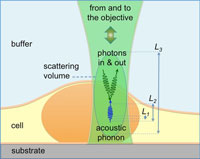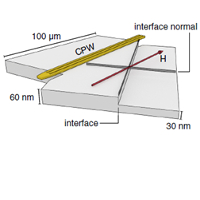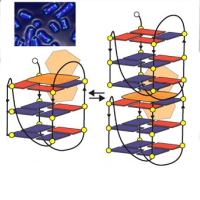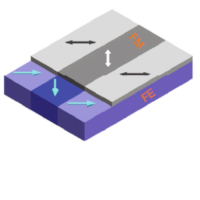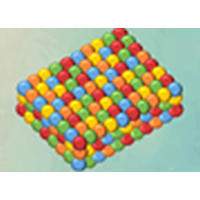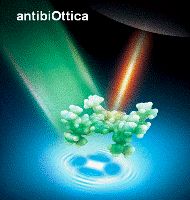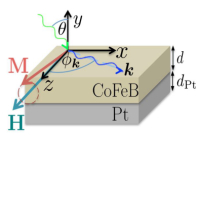Perfect energy-feeding into strongly coupled systems and interferometric control of polariton absorption
| Title | Perfect energy-feeding into strongly coupled systems and interferometric control of polariton absorption |
| Publication Type | Journal Article |
| Year of Publication | 2014 |
| Authors | Zanotto, S, Mezzapesa, FP, Bianco, F, Biasiol, G, Baldacci, L, Vitiello, MS, Sorba, L, Colombelli, R, Tredicucci, A |
| Journal | Nature physics (Print) |
| Volume | 10 |
| Pagination | 830–834 |
| ISSN | 1745-2473 |
| Keywords | CAVITY, REGIME, SEMICONDUCTOR MICROCAVITY, SINGLE QUANTUM-DOT |
| Abstract | The ability to drive a system with an external input is a fundamental aspect of light-matter interaction. The key concept in many photonic applications is the a critical couplinga condition: at criticality, all the energy fed to the system is dissipated within the system itself. Although this idea was crucial to enhance the efficiency of many devices, it was never considered in the context of systems operating in a non-perturbative regime. In this so-called strong-coupling regime, the matter and light degrees of freedom are mixed into dressed states, leading to new eigenstates called polaritons. Here we demonstrate that the strong-coupling regime and the critical coupling condition can coexist; in such a strong critical coupling situation, all the incoming energy is converted into polaritons. A general semiclassical theory reveals that such a situation corresponds to a special curve in the phase diagram of the coupled light-matter oscillators. In the case of a system with two radiating ports, the phenomenology shown is that of coherent perfect absorption (CPA; refs,), which is then naturally understood in the framework of critical coupling. Most importantly, we experimentally verify polaritonic CPA in a semiconductor-based intersubband-polariton photonic crystal resonator. This result opens new avenues in polariton physics, making it possible to control the pumping efficiency of a system independent of the energy exchange rate between the electromagnetic field and the material transition. |
| URL | http://www.scopus.com/inward/record.url?eid=2-s2.0-84908607580&partnerID=q2rCbXpz |
| DOI | 10.1038/nphys3106 |

